Intro
Discover the meaning of wholesale price, including bulk pricing, distributor costs, and market rates, to understand how it affects retail prices and profit margins in the supply chain.
The concept of wholesale price is crucial in the world of business and commerce, particularly for companies that operate in the retail and distribution sectors. Understanding wholesale pricing is essential for businesses to determine their profit margins, set competitive prices, and maintain a healthy bottom line. In this article, we will delve into the world of wholesale pricing, exploring its definition, importance, and factors that influence it.
Wholesale price refers to the cost at which a product or service is sold to a retailer or distributor, typically in large quantities. This price is usually lower than the retail price, which is the price at which the product or service is sold to the end consumer. The difference between the wholesale and retail prices is the profit margin for the retailer or distributor. Wholesale prices are often negotiated between the supplier and the buyer, and they can vary depending on the quantity of the product, the market conditions, and the level of competition.
The wholesale price is a critical component of a company's pricing strategy, as it directly affects the company's revenue and profitability. A well-crafted wholesale pricing strategy can help a company to increase its sales, expand its customer base, and gain a competitive advantage in the market. On the other hand, a poorly designed wholesale pricing strategy can lead to reduced sales, decreased profitability, and a loss of market share.
Understanding Wholesale Pricing
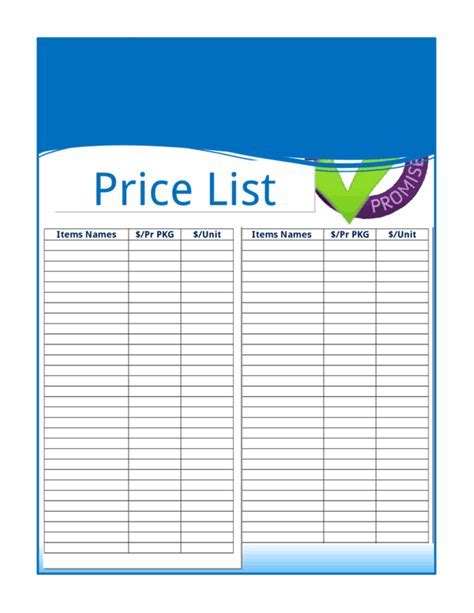
To understand wholesale pricing, it is essential to consider the various factors that influence it. These factors include the cost of production, market conditions, competition, and the level of demand. The cost of production is a critical factor in determining the wholesale price, as it includes the direct and indirect costs associated with producing the product or service. Market conditions, such as the level of supply and demand, can also impact the wholesale price, as can the level of competition in the market.
Factors That Influence Wholesale Pricing
The wholesale price of a product or service is influenced by several factors, including: * Cost of production: The cost of producing the product or service, including direct and indirect costs. * Market conditions: The level of supply and demand, as well as the overall market trends. * Competition: The level of competition in the market, including the number of suppliers and the prices they offer. * Level of demand: The level of demand for the product or service, which can impact the wholesale price. * Quantity: The quantity of the product or service being purchased, which can impact the wholesale price.Benefits of Wholesale Pricing

Wholesale pricing offers several benefits to businesses, including:
- Increased sales: Wholesale pricing can help businesses to increase their sales, as retailers and distributors are more likely to purchase products at a lower price.
- Improved profitability: Wholesale pricing can help businesses to improve their profitability, as they can sell their products at a higher price to the end consumer.
- Competitive advantage: Wholesale pricing can help businesses to gain a competitive advantage, as they can offer lower prices to their customers.
- Expanded customer base: Wholesale pricing can help businesses to expand their customer base, as more retailers and distributors are likely to purchase their products.
Challenges of Wholesale Pricing
While wholesale pricing offers several benefits, it also presents some challenges, including: * Price pressure: Businesses may face price pressure from retailers and distributors, who may demand lower prices. * Competition: Businesses may face competition from other suppliers, who may offer lower prices. * Market volatility: Businesses may face market volatility, which can impact the demand for their products and services. * Regulatory compliance: Businesses may need to comply with regulatory requirements, which can impact their wholesale pricing strategy.Wholesale Pricing Strategies
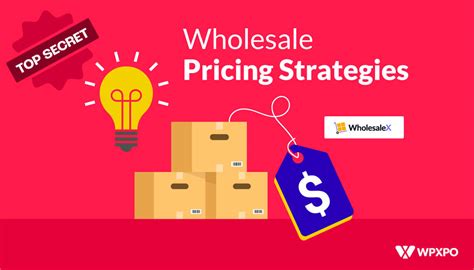
There are several wholesale pricing strategies that businesses can use, including:
- Cost-plus pricing: This involves adding a markup to the cost of production to determine the wholesale price.
- Competitive pricing: This involves setting the wholesale price based on the prices offered by competitors.
- Value-based pricing: This involves setting the wholesale price based on the value that the product or service offers to the customer.
- Dynamic pricing: This involves adjusting the wholesale price in response to changes in market conditions.
Best Practices for Wholesale Pricing
To develop an effective wholesale pricing strategy, businesses should follow several best practices, including: * Conducting market research: This involves gathering data on the market conditions, competition, and customer demand. * Analyzing costs: This involves analyzing the direct and indirect costs associated with producing the product or service. * Setting clear goals: This involves setting clear goals for the wholesale pricing strategy, such as increasing sales or improving profitability. * Monitoring and adjusting: This involves monitoring the wholesale pricing strategy and making adjustments as needed.Common Wholesale Pricing Models

There are several common wholesale pricing models, including:
- Single-tier pricing: This involves offering a single wholesale price to all customers.
- Multi-tier pricing: This involves offering different wholesale prices to different customers, based on the quantity of the product or service being purchased.
- Volume-based pricing: This involves offering discounts to customers who purchase large quantities of the product or service.
- Bundle pricing: This involves offering a discount to customers who purchase multiple products or services together.
Wholesale Pricing and E-commerce
The rise of e-commerce has had a significant impact on wholesale pricing, as it has created new opportunities for businesses to reach customers and sell their products. E-commerce platforms, such as Amazon and Alibaba, have made it easier for businesses to connect with customers and offer their products at competitive prices. However, e-commerce has also created new challenges for businesses, such as the need to compete with other suppliers and to manage inventory and shipping logistics.Wholesale Pricing Tools and Software

There are several wholesale pricing tools and software available, including:
- Pricing analytics software: This involves using data analytics to determine the optimal wholesale price.
- Inventory management software: This involves using software to manage inventory levels and optimize pricing.
- E-commerce platforms: This involves using e-commerce platforms to connect with customers and offer products at competitive prices.
- Wholesale pricing software: This involves using software to manage wholesale pricing, including setting prices, managing inventory, and tracking sales.
Future of Wholesale Pricing
The future of wholesale pricing is likely to be shaped by several trends, including the rise of e-commerce, the increasing use of data analytics, and the growing importance of sustainability. Businesses will need to adapt to these trends by developing wholesale pricing strategies that are flexible, responsive to changing market conditions, and focused on delivering value to customers.Wholesale Pricing Image Gallery
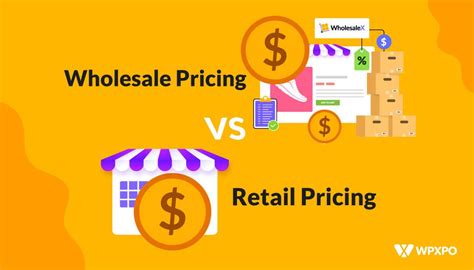

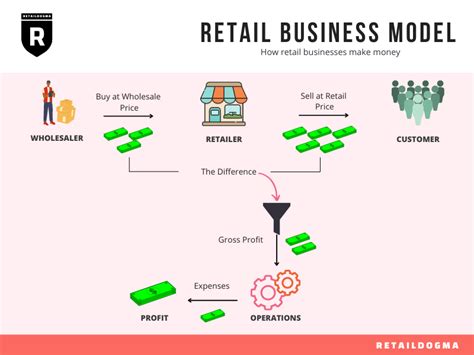
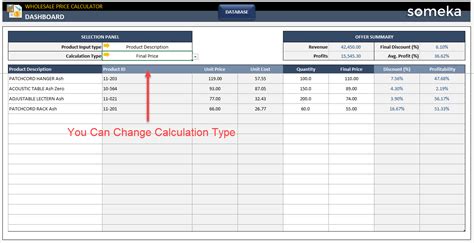
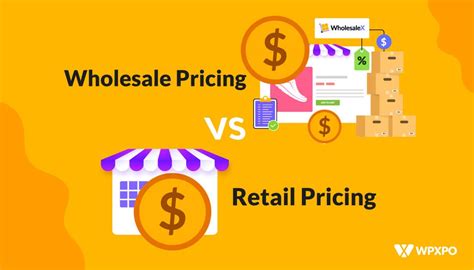
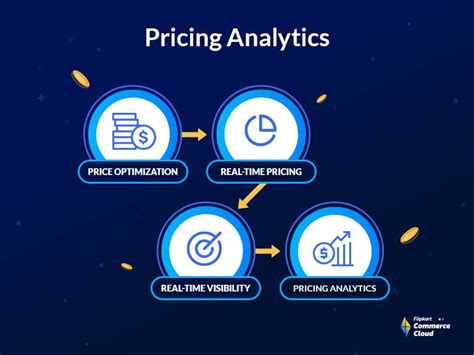
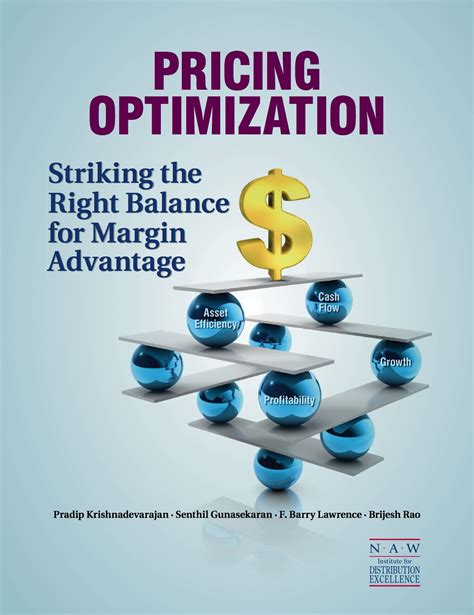


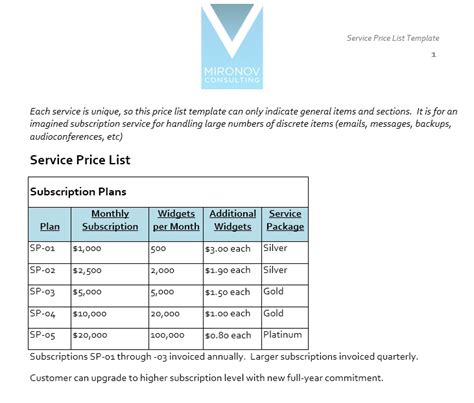
What is wholesale pricing?
+Wholesale pricing refers to the cost at which a product or service is sold to a retailer or distributor, typically in large quantities.
What are the benefits of wholesale pricing?
+The benefits of wholesale pricing include increased sales, improved profitability, competitive advantage, and expanded customer base.
What are the common wholesale pricing models?
+The common wholesale pricing models include single-tier pricing, multi-tier pricing, volume-based pricing, and bundle pricing.
How do I determine the optimal wholesale price?
+To determine the optimal wholesale price, you should consider factors such as the cost of production, market conditions, competition, and customer demand.
What are the best practices for wholesale pricing?
+The best practices for wholesale pricing include conducting market research, analyzing costs, setting clear goals, and monitoring and adjusting the pricing strategy as needed.
In conclusion, wholesale pricing is a critical component of a company's pricing strategy, and it requires careful consideration of several factors, including the cost of production, market conditions, competition, and customer demand. By understanding the benefits and challenges of wholesale pricing, businesses can develop effective wholesale pricing strategies that help them to increase sales, improve profitability, and gain a competitive advantage in the market. We hope this article has provided you with valuable insights into the world of wholesale pricing, and we encourage you to share your thoughts and experiences in the comments below.
